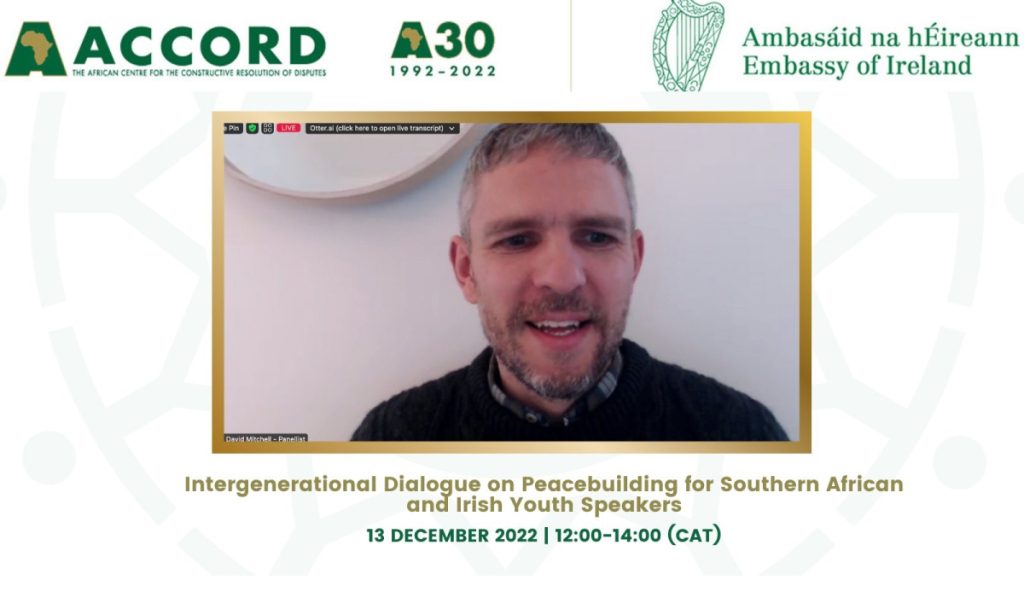
ACCORD hosts dialogue on peacebuilding with Southern African and Irish Youth
Building global networks of young peacebuilders.

Building global networks of young peacebuilders.
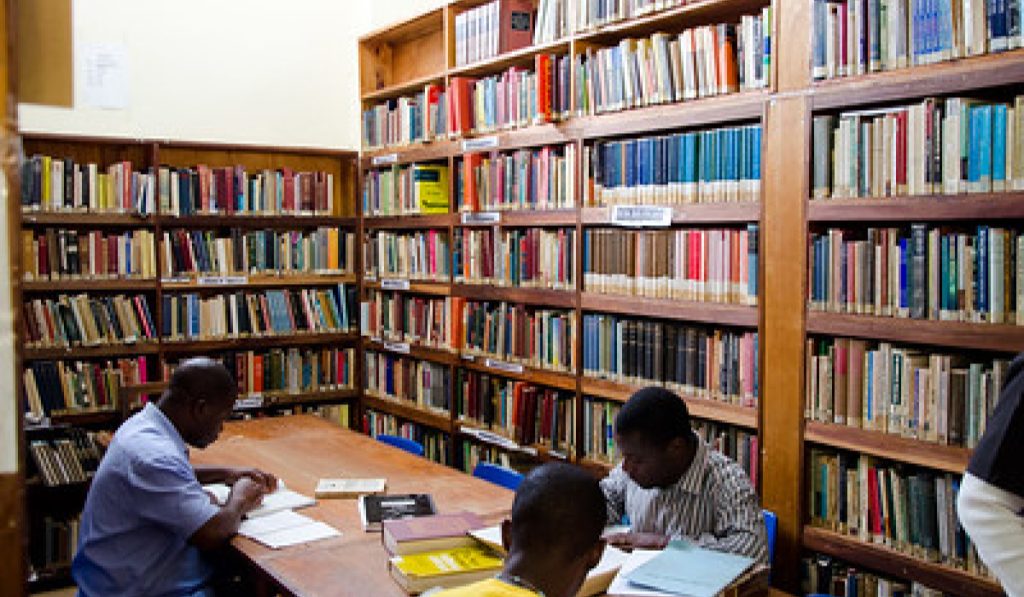
Ensuring young people are at the centre of knowledge production
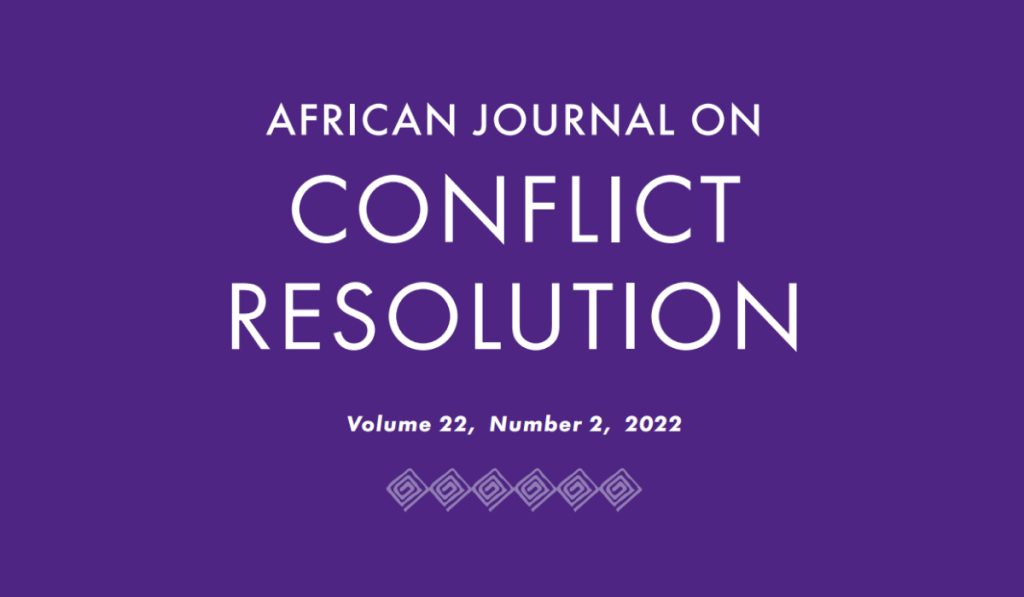
This paper analyses the key issues, fairness and implications relating to the inclusion of the 14-Mile Area in the September 2012 Cooperation Agreement signed between Sudan and South Sudan.
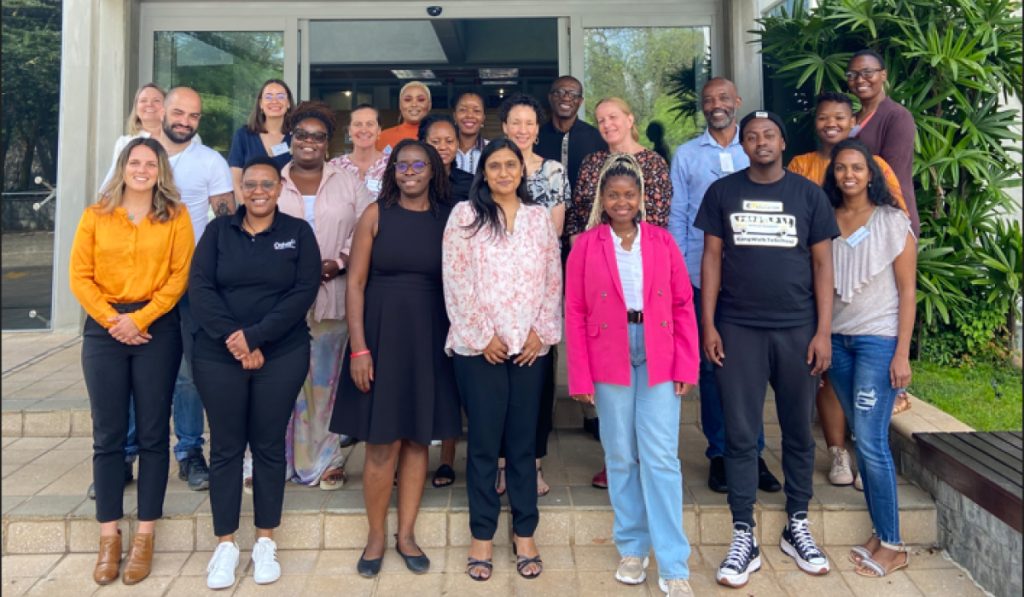
Using peer-to-peer learning as a means to strengthen monitoring and evaluation practices.
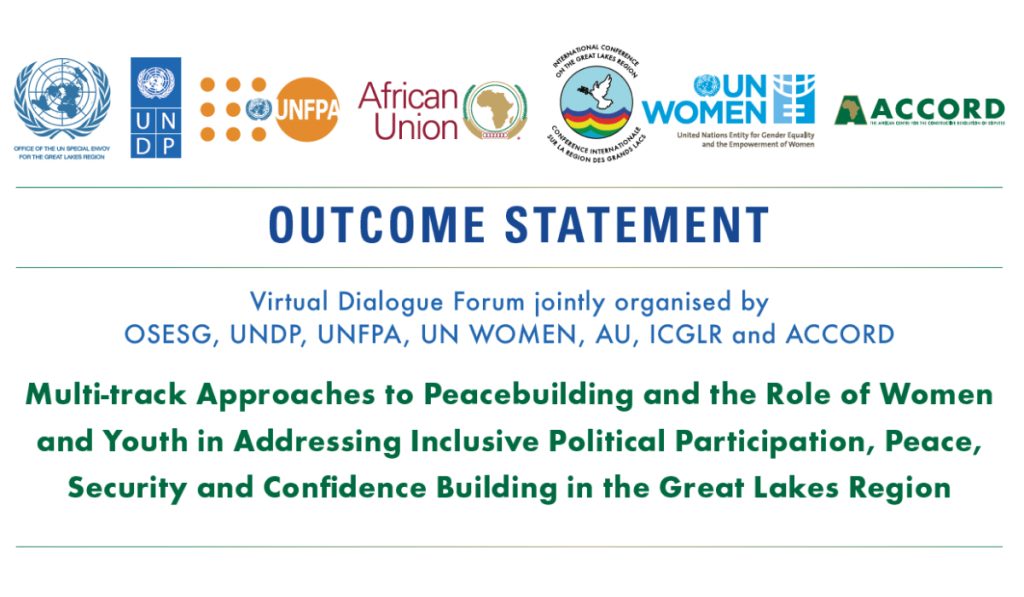
Advancing multi-track approaches to build confidence and stability through inclusive regional strategies
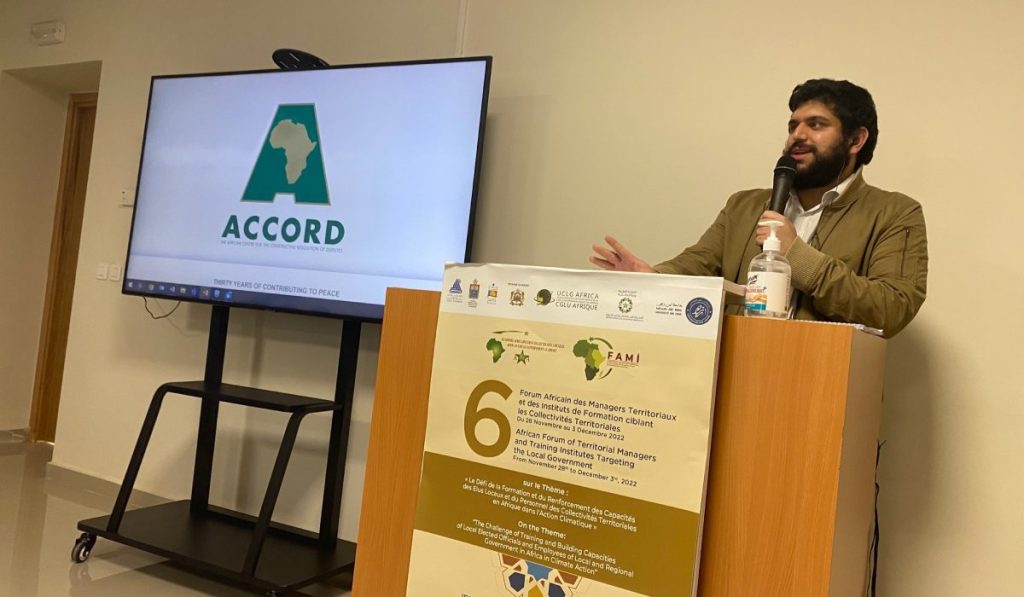
Climate change must be considered in conflict prevention efforts.

Exploring the power of improved communications as a catalyst for the youth peace and security agenda.
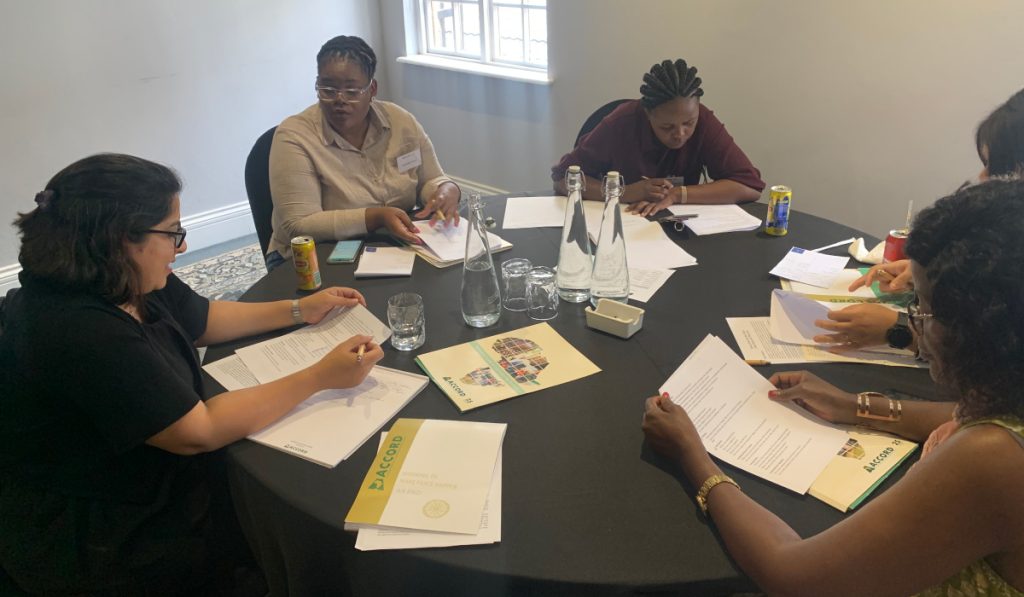
Action for Strengthening Good Governance and Accountability
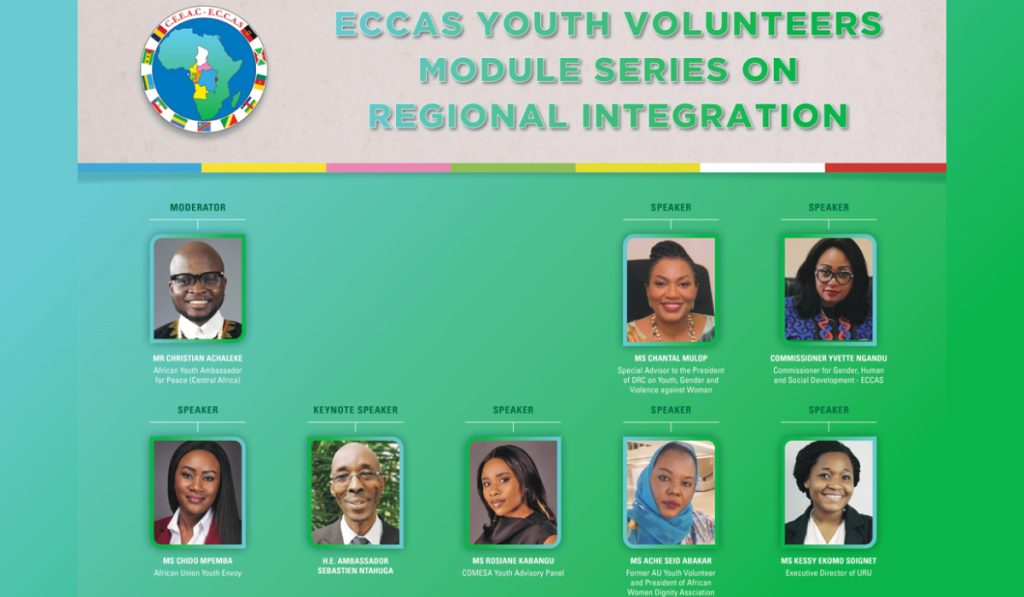
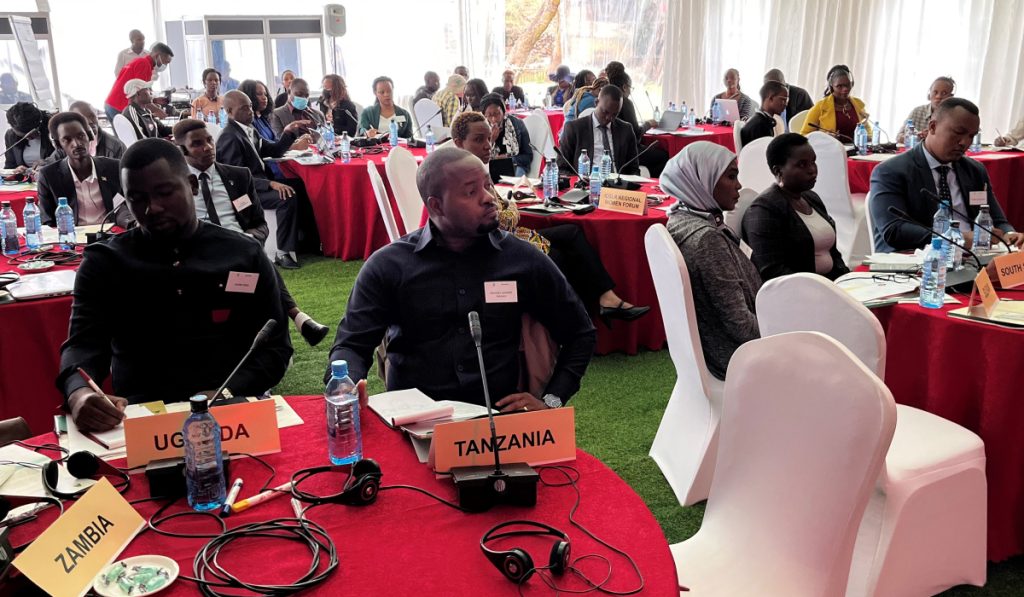
How can we build the capacity of young people to better participate in peacebuilding?